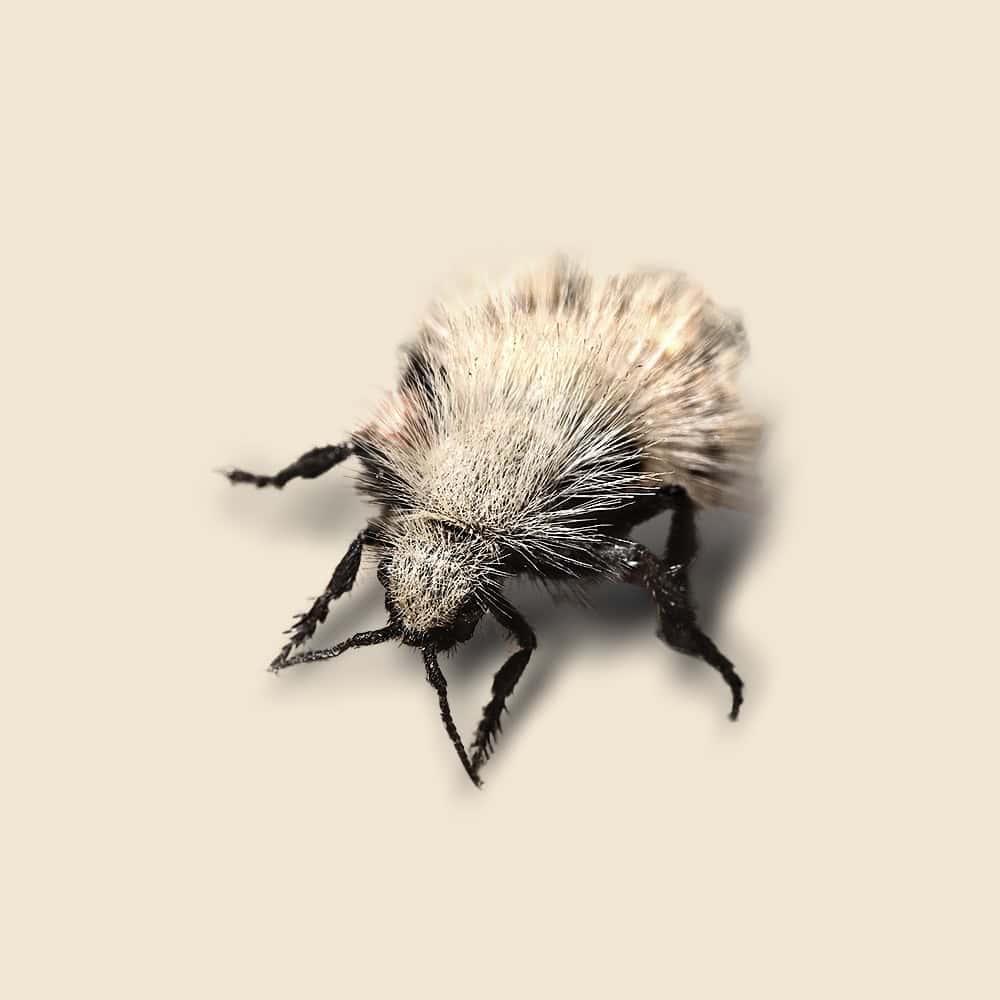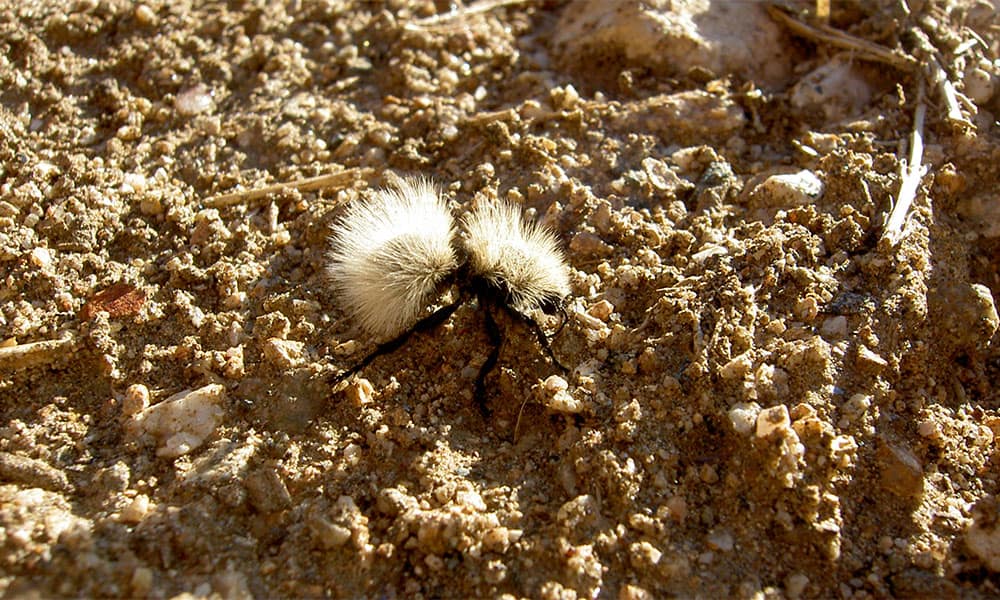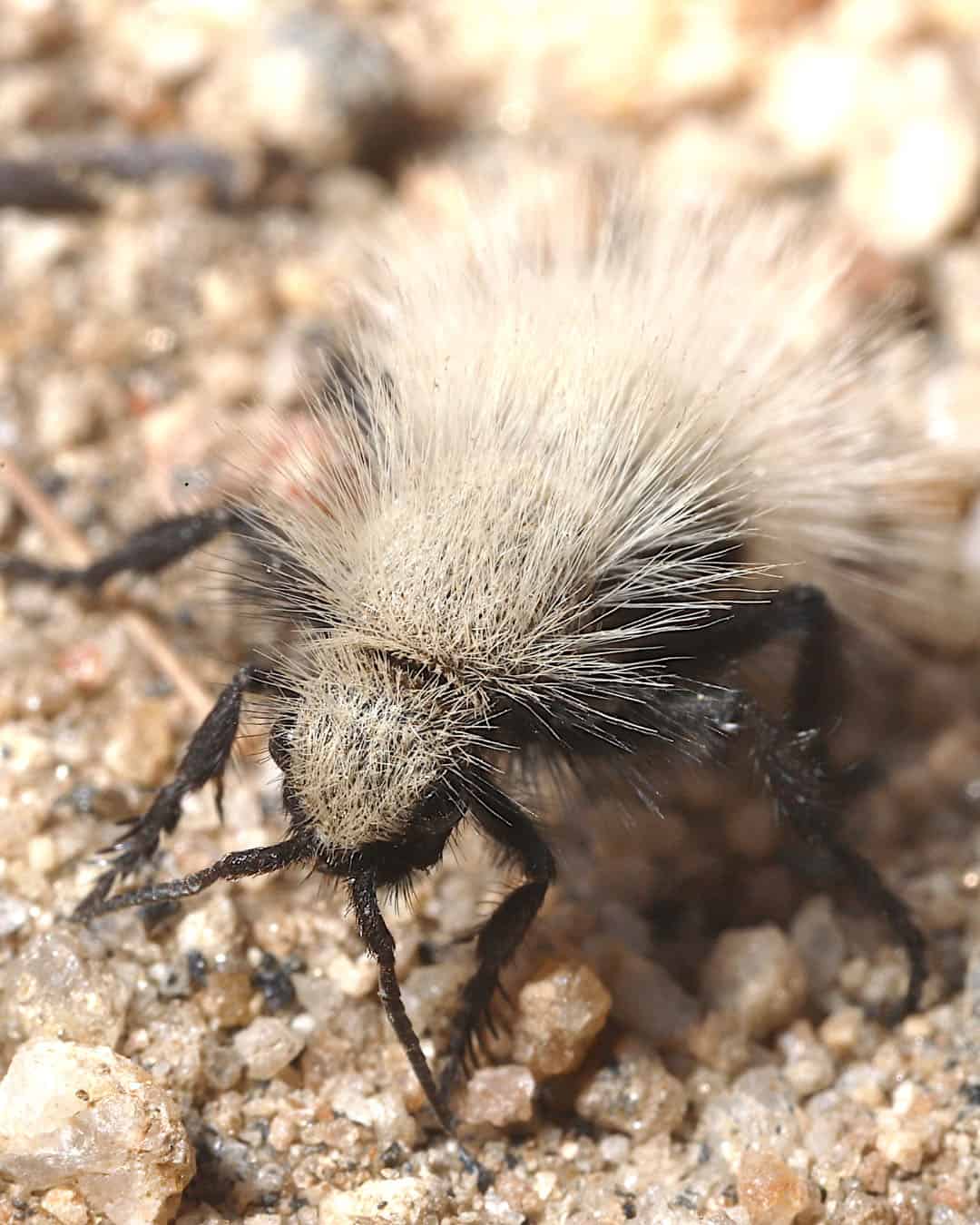White Velvet Ant Facts & Information
White velvet ants, despite their name, are actually a type of solitary wasp rather than an ant. Known for their striking appearance and painful sting, these insects can be a concern for homeowners, especially in areas where they are common.

Dasymutilla gloriosa
What You Need To Know About White Velvet Ants
What do velvety tree ants look like?
Velvety tree ants, also known as Crematogaster laevis, are small ants, typically measuring about 1/8 to 1/4 inch in length. They are characterized by their dark brown to black coloration and velvety appearance due to their dense pubescence (fine, hair-like structures) on their bodies. They have a distinctive heart-shaped head and a shiny, smooth exoskeleton.
What do velvety tree ants eat?
Velvety tree ants are omnivorous and have a varied diet. They primarily feed on sweet substances like nectar and honeydew, but they also consume other insects, small arthropods, and plant materials. Their diet can include a mix of proteins and carbohydrates.
What sort of habitat do velvety tree ants live in?
Velvety tree ants are typically found in wooded environments and forested areas. They nest in trees, often in hollowed-out sections or under bark, and may also establish nests in decaying wood on the ground. They are well-adapted to living in and around trees and other woody vegetation.
How do velvety tree ants commonly behave?
Velvety tree ants are social insects that live in colonies with a clear division of labor. They are known for their climbing ability and tree-dwelling habits. They establish foraging trails and use chemical signals to communicate and coordinate activities. Their nests in trees can be quite complex, with multiple chambers and entrances.
Did you know this about velvety tree ants?
Velvety tree ants are named for their unique, velvety appearance, which helps them blend into their arboreal environment. Their ability to nest in trees allows them to avoid many ground-based predators and take advantage of resources available in their vertical habitat. These ants are also known for their role in the ecosystem as they help decompose dead wood and contribute to the nutrient cycling in forest environments.
Understanding White Velvet Ant Infestations
Understanding white velvet ant infestations is essential for effective management. White velvet ants are covered in dense, white, velvety hairs, giving them their distinctive look. Females are wingless and often mistaken for large ants, while males have wings and are more wasp-like in appearance. These wasps are solitary and typically found in dry, sandy areas. Although they are not aggressive, females can deliver a powerful sting when provoked, earning them the nickname "cow killers."

How Hearts Handles White Velvet Ant Treatment
Hearts Pest Management employs an integrated pest management approach to handle White Velvet Ant infestations.
White Velvet Ant Inspection
White Velvet Ant Treatment
White Velvet Ant Prevention
Educational Resources

Think You Might Have a White Velvet Ant Infestation?
At Hearts Pest Control, we understand the challenges associated with White Velvet Ant infestations and are here to provide professional solutions tailored to your needs. Flourishing in warm and humid climates, they are prevalent in many regions, including San Diego County, Orange County, and Los Angeles County.